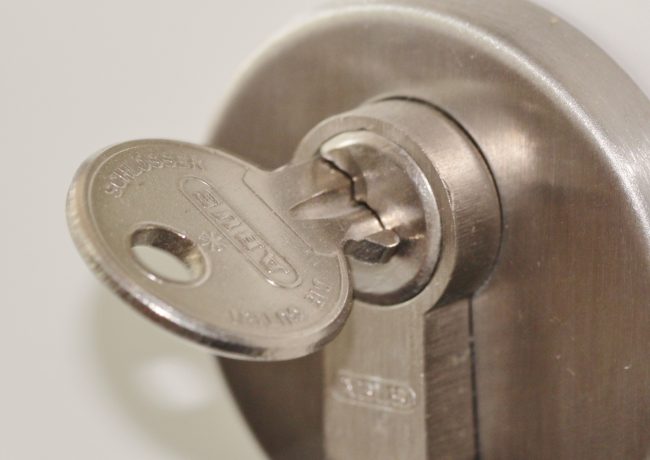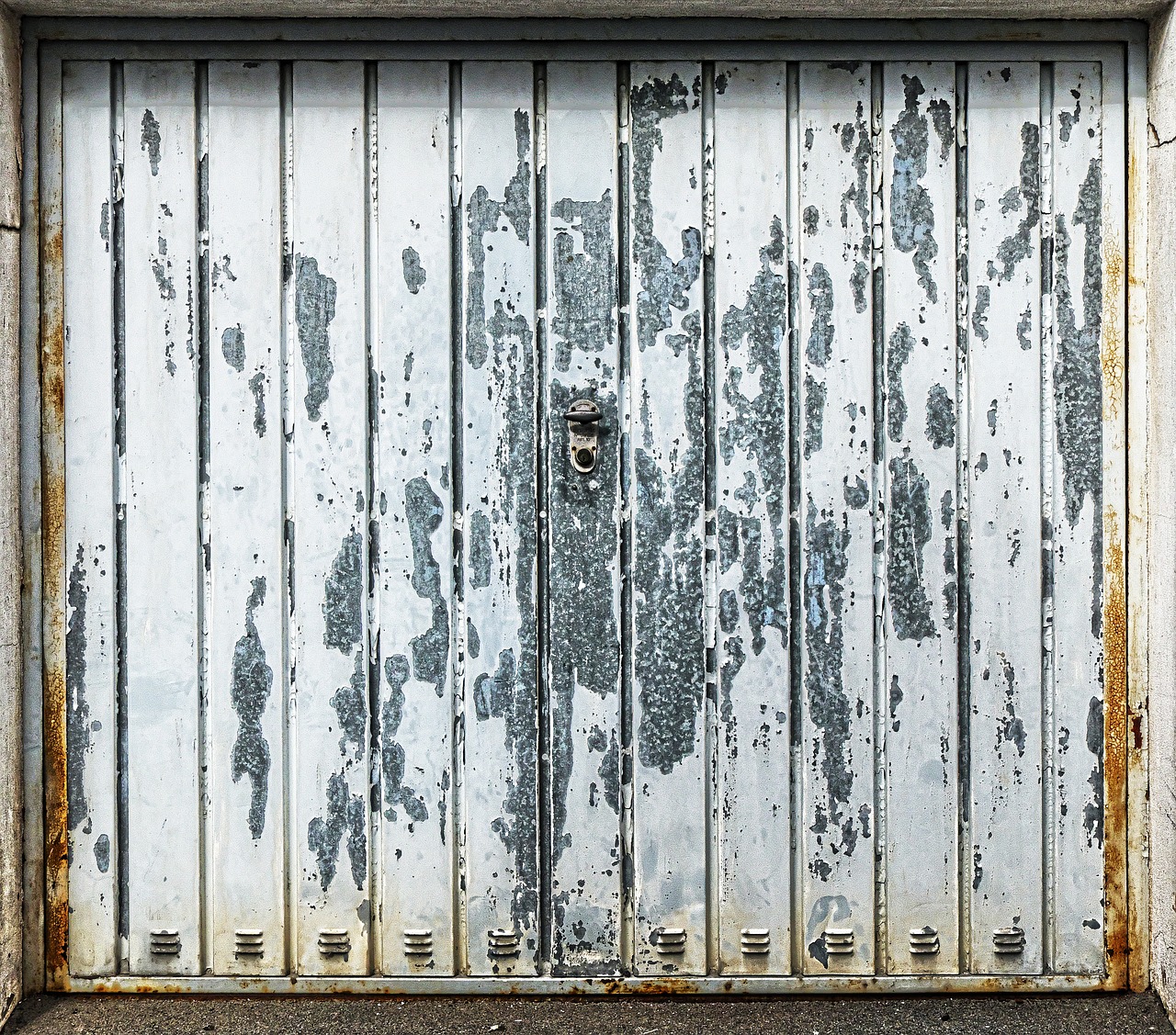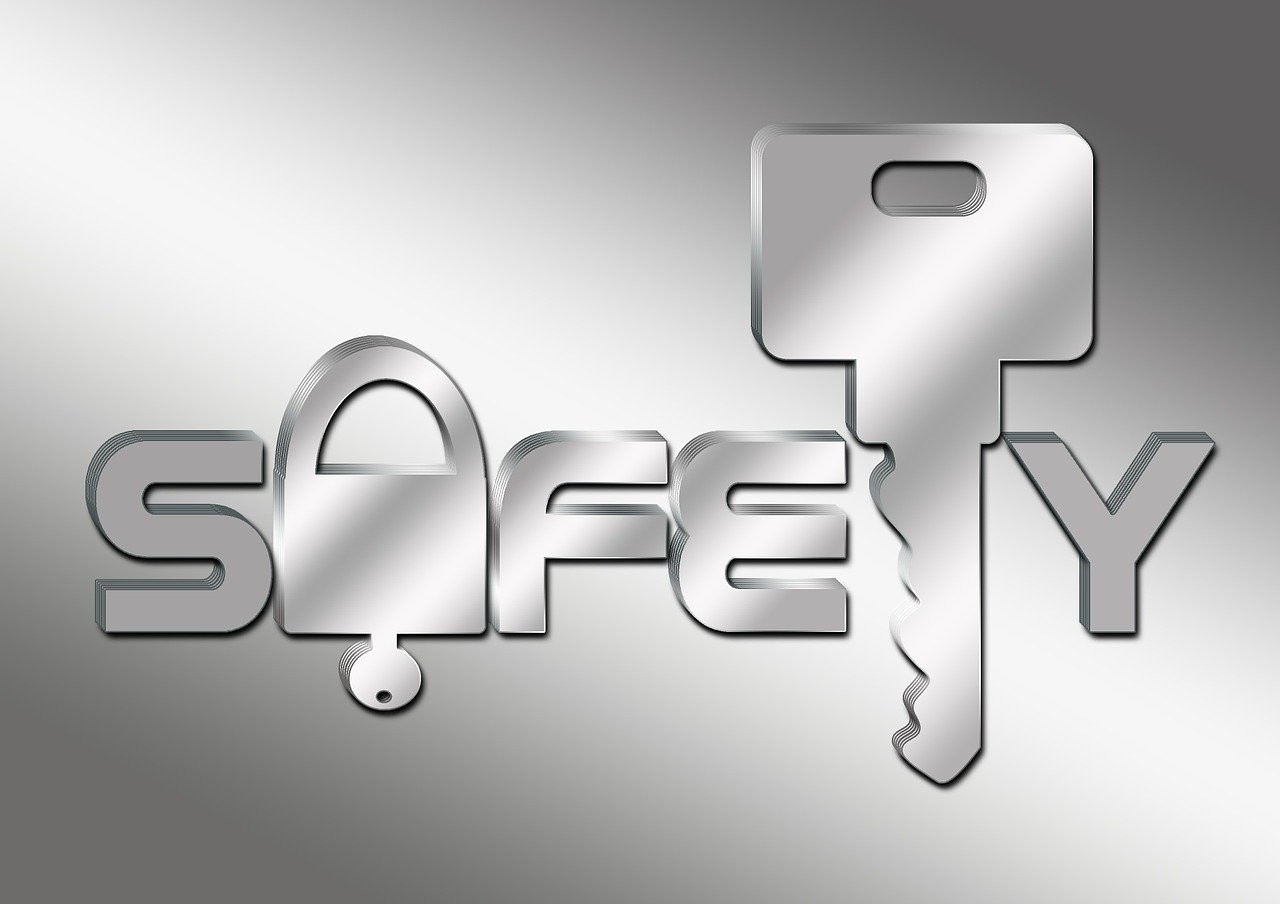
Welcome to our comprehensive guide on different types of door locks. At Locking Locksmiths, we understand the importance of home security and the role that door locks play in keeping your property safe. In this guide, we will provide you with an extensive overview of various door lock types, their features, and the benefits they offer. Whether you’re a homeowner, a business owner, or simply interested in understanding the different lock options available, this article aims to equip you with the knowledge you need to make an informed decision. Let’s dive in!
Table of Contents
- Keyed Locks
- Pin Tumbler Locks
- Wafer Tumbler Locks
- Tubular Locks
- Disc Tumbler Locks
- Combination Locks
- Mechanical Combination Locks
- Electronic Combination Locks
- Keypad Locks
- Deadbolts
- Single Cylinder Deadbolts
- Double Cylinder Deadbolts
- Keyless Deadbolts
- Smart Locks
- Wi-Fi Enabled Smart Locks
- Bluetooth Enabled Smart Locks
- Biometric Smart Locks
- High-Security Locks
- Pick-Resistant Locks
- Drill-Resistant Locks
- Bump-Resistant Locks
1. Keyed Locks
Pin Tumbler Locks
Pin tumbler locks are one of the most commonly used door lock types. They consist of a cylinder with multiple pins that correspond to a unique key pattern. When the correct key is inserted into the lock, the pins align, allowing the lock to turn and granting access. Pin tumbler locks offer a good level of security and are available in various security grades to meet your specific needs.
Wafer Tumbler Locks
Similar to pin tumbler locks, wafer tumbler locks use wafer-like components instead of pins. These wafers must be aligned with the correct key pattern to allow the lock to rotate. Wafer tumbler locks are commonly found in automobiles but can also be used for residential and commercial applications.
Tubular Locks
Tubular locks, also known as circle locks, are frequently used in residential settings. They feature a cylindrical shape with pins arranged in a circular pattern. Tubular locks provide a higher level of security compared to standard pin tumbler locks due to their unique design.
Disc Tumbler Locks
Disc tumbler locks employ rotating discs instead of pins or wafers. Each disc contains slots that align when the correct key is inserted, enabling the lock to turn. Disc tumbler locks offer enhanced security and are often used in high-security applications such as safes.
2. Combination Locks
Mechanical Combination Locks
Mechanical combination locks require the user to enter a predetermined sequence of numbers or symbols to unlock the door. These locks are reliable and do not rely on external power sources. They are commonly used in various settings, including residential, commercial, and institutional buildings.
Electronic Combination Locks
Electronic combination locks utilize electronic components and a keypad to enter the code. The advantage of electronic combination locks is their flexibility in changing the combination without replacing the lock mechanism. These locks often provide additional features such as audit trails and time-based access control.
Keypad Locks
Keypad locks combine the convenience of a numerical keypad with the security of electronic access control. Instead of using a physical key, users enter a unique code to unlock the door. Keypad locks are suitable for both residential and commercial applications, offering keyless access and easy code management.
3. Deadbolts
Single Cylinder Deadbolts
Single cylinder deadbolts are widely used in residential settings. They consist of a key-operated cylinder on one side and a thumb turn on the other. When the key is turned or the thumb turn is rotated, the bolt extends into the door frame, providing an extra layer of security.
Double Cylinder Deadbolts
Double cylinder deadbolts offer increased security compared to single cylinder deadbolts. These locks require a key to operate from both sides of the door, eliminating the risk of unauthorized access through door windows or adjacent panels. Double cylinder deadbolts are commonly used for doors with glass inserts or in areas where security is a top priority.
Keyless Deadbolts
Keyless deadbolts provide convenient access without the need for a physical key. They often utilize a keypad, touchscreen, or biometric technology to grant entry. Keyless deadbolts are gaining popularity due to their ease of use, programmable access codes, and compatibility with smart home systems.
4. Smart Locks
Wi-Fi Enabled Smart Locks
Wi-Fi enabled smart locks connect to your home network, allowing you to control and monitor your door lock remotely through a smartphone app. These locks offer features such as remote access, guest access management, and integration with other smart devices in your home.
Bluetooth Enabled Smart Locks
Bluetooth enabled smart locks operate through a Bluetooth connection with your smartphone or other authorized devices. They offer similar features to Wi-Fi enabled locks but primarily rely on Bluetooth for communication. Bluetooth smart locks are known for their energy efficiency and seamless operation.
Biometric Smart Locks
Biometric smart locks use fingerprint, retina, or facial recognition technology to grant access. These locks provide a high level of security and eliminate the need for keys or codes. Biometric smart locks are often used in commercial and high-security environments.
5. High-Security Locks
Pick-Resistant Locks
Pick-resistant locks feature additional security mechanisms that make them more resistant to picking or manipulation attempts. They incorporate advanced pin designs, security pins, and other features to deter unauthorized access.
Drill-Resistant Locks
Drill-resistant locks are designed to withstand drilling attacks. They are constructed with hardened materials and may include additional reinforcements to protect against drilling attempts, providing an added layer of security.
Bump-Resistant Locks
Bump-resistant locks are designed to prevent lock bumping, a technique used to open traditional pin tumbler locks using a specially crafted key. These locks incorporate anti-bump pins and other anti-bumping mechanisms to thwart such attacks.
The Many Types of Locks
We hope this comprehensive guide has provided you with valuable insights into the various types of door locks available. Understanding the differences and features of each lock type empowers you to choose the one that best suits your security requirements. Remember, selecting the right door lock is an essential step in safeguarding your property and ensuring peace of mind. If you have any further questions or need assistance in choosing the ideal lock for your needs, feel free to reach out to our knowledgeable Gary at Locking Locksmiths. Stay secure!
continue reading
Related Posts
Garage Doors and Heavy-Duty Shutter Locks for Extra Security Table […]
Lock Snapping, Secure Lock Cylinders Introduction Understanding Lock Snapping The […]








